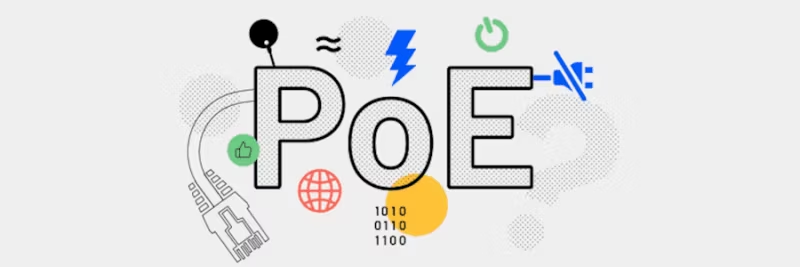Cart
Discount: 0.00 DKK
Discount: 0.00 DKK
Digital Skipper |15/05, 2022

Power over Ethernet (PoE) has become increasingly popular among boat owners due to its reliability and flexibility. The technology allows both power and data to be transmitted via the same network cable, eliminating the need for separate power cables. This simplifies installation and reduces costs.
PoE uses the existing 8 wires (4 pairs) in a standard Cat5e cable to transmit both data and power. Depending on the method, power and data can be sent over the same pair or separated. The new OneNet standard supports PoE, which means that more marine installations will use this technology in the future.
PoE is standardized according to IEEE 802.3 and uses three methods:
The OneNet standard is based on IEEE 802.3 and supports PoE+ with up to 25.5 W of power. For best performance, at least Cat5e cable is required, but Cat6 and higher are recommended for higher speeds and stability.
PoE is the future of marine networks – it provides simpler installations, reduced costs, and increased safety on board.